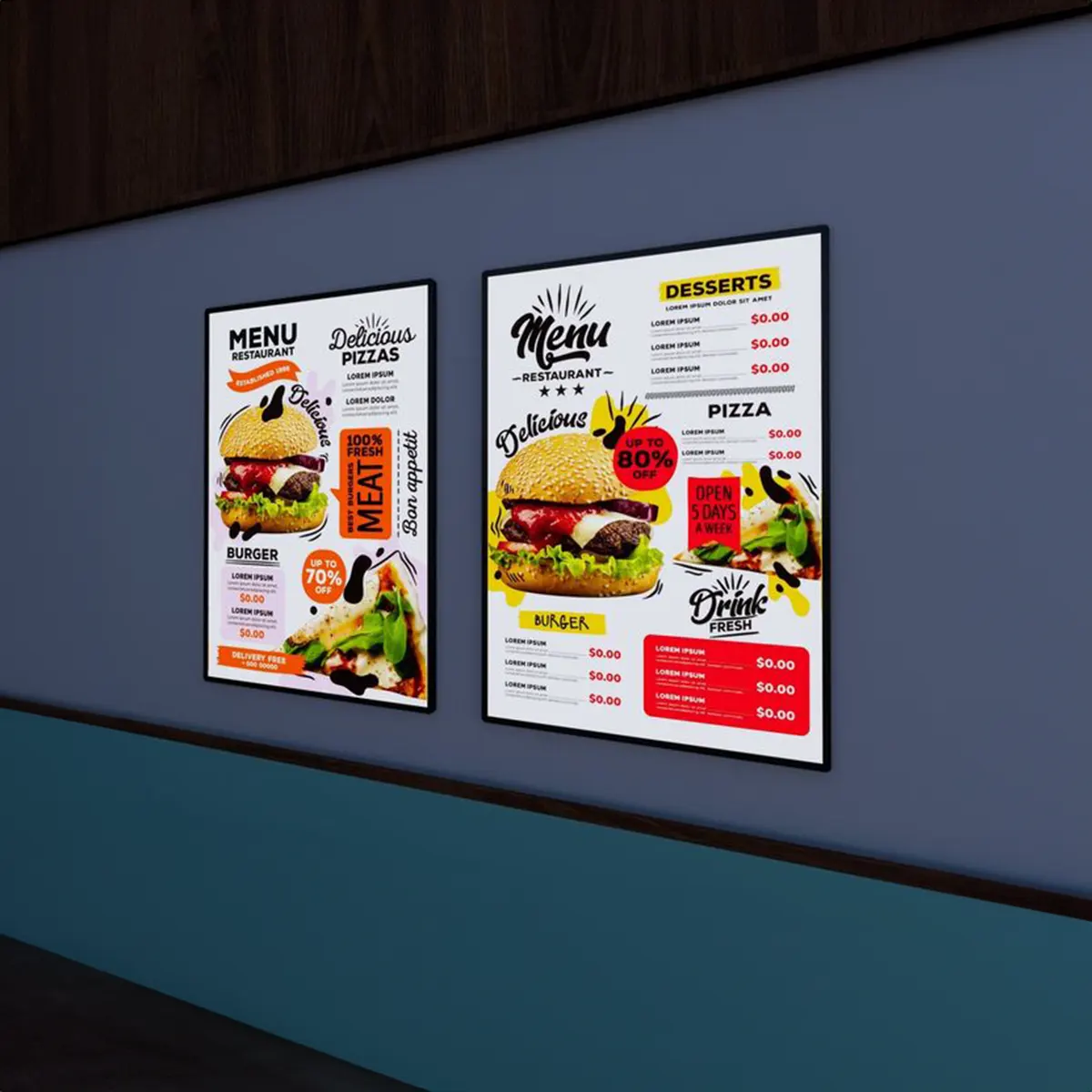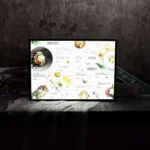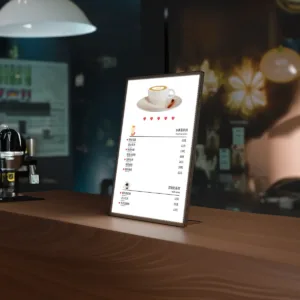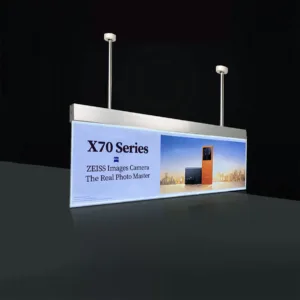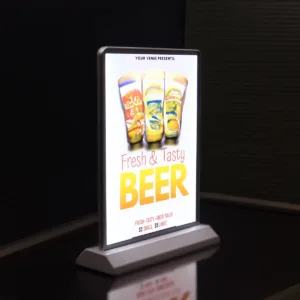Table of Contents
Introduction
Over the past decade, LED lightbox technology has undergone significant transformation, driven by advancements in LED lighting and changes in digital display technologies. This post highlights the major innovations and shifts that have defined this period.
The Rise of LED Technology
LEDs have become the preferred lighting solution, overtaking older technologies like fluorescent and halogen due to their superior energy efficiency, longer lifespan, and decreasing cost. The early adoption phase saw LEDs being integrated into a variety of applications, setting the stage for more sophisticated uses in lightboxes.
Advancements in LED Lightbox Design
Lightbox designs have seen a remarkable evolution, with improvements in brightness, color accuracy, and uniformity. Manufacturers have successfully reduced the profile of lightboxes while expanding customization options, which has broadened their application across industries.
Expanded Lighting Capabilities
LED lightboxes now feature a wider color gamut and dynamic color-changing effects, thanks to advancements in diode technology. The introduction of tunable white light allows for adjustable color temperatures, enhancing the visual dynamics of displayed content.
Improved Energy Efficiency
Modern LED lightboxes consume significantly less power than their predecessors, aligning with global standards for energy efficiency. This shift not only reduces operating costs but also supports environmental sustainability efforts.
Enhanced Connectivity and Interactivity
Integration with the Internet of Things (IoT) has made LED lightboxes smarter. These units can now be controlled remotely, include touchscreens, and support gesture-based interactions, making them more interactive and capable of collecting valuable user data.
Sustainability and Environmental Considerations
The LED industry has placed a strong emphasis on using recyclable materials and enhancing the sustainability of lightbox solutions. Efforts in e-waste management and the use of biodegradable components are steps towards minimizing the environmental impact of these products.
Market Trends and Adoption Rates
LED lightboxes have seen increased demand across various sectors such as retail, hospitality, and corporate spaces due to their enhanced visual appeal and cost-effectiveness. The market has responded positively to the reduced prices and increased longevity of these solutions.
Future Outlook and Predictions
Looking ahead, LED lightbox technology is expected to incorporate more advanced digital technologies like augmented reality and artificial intelligence, which will further transform how content is displayed and interacted with in public and private spaces.
Conclusion
The last decade has been a period of rapid growth and innovation for LED lightbox technology, reflecting broader trends in both the lighting and digital display industries. As technology continues to advance, LED lightboxes are set to become even more integrated into our daily lives, reshaping how we view and interact with digital content.
For detailed information on the latest LED lightbox designs and trends, check out our Led comprehensive guide.
Related Articles:
- Comparing LED Lightboxes with Emerging Display TechnologiesIntroduction The display technology landscape is rapidly evolving, presenting a wealth of options beyond traditional LED… Read more: Comparing LED Lightboxes with Emerging Display Technologies
- The Evolution of LED Lightbox Technology Over the Last DecadeIntroduction Over the past decade, LED lightbox technology has undergone significant transformation, driven by advancements in… Read more: The Evolution of LED Lightbox Technology Over the Last Decade
- Preventative Maintenance Schedule for LED LightboxesIntroduction Maintaining your LED lightboxes is crucial to ensure their longevity and optimal performance. This guide… Read more: Preventative Maintenance Schedule for LED Lightboxes

